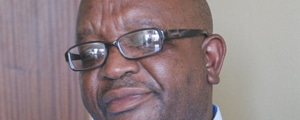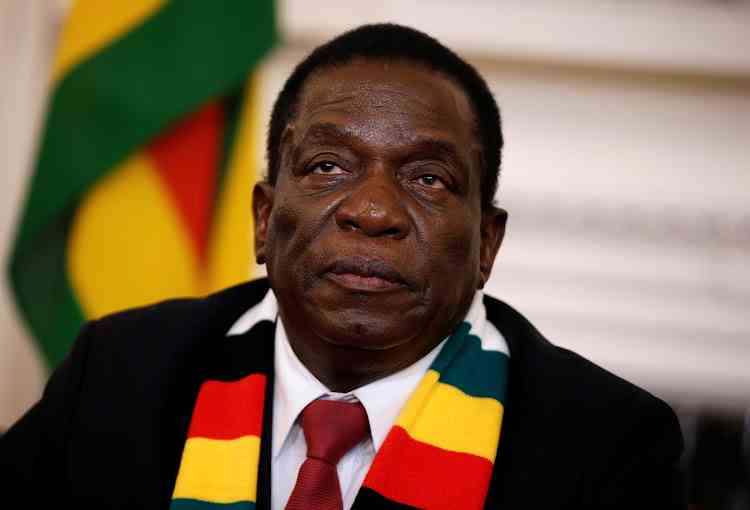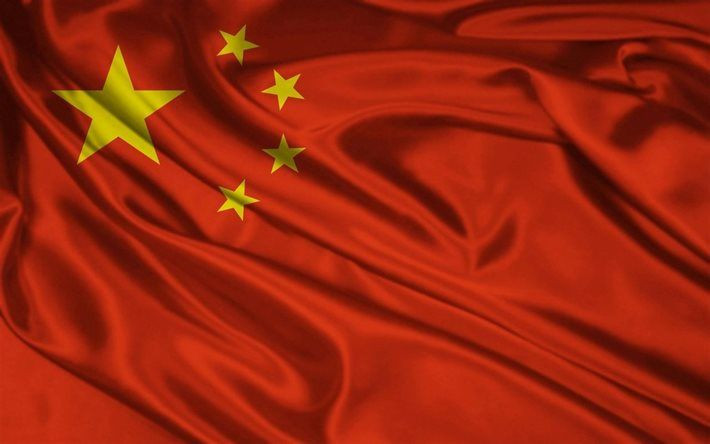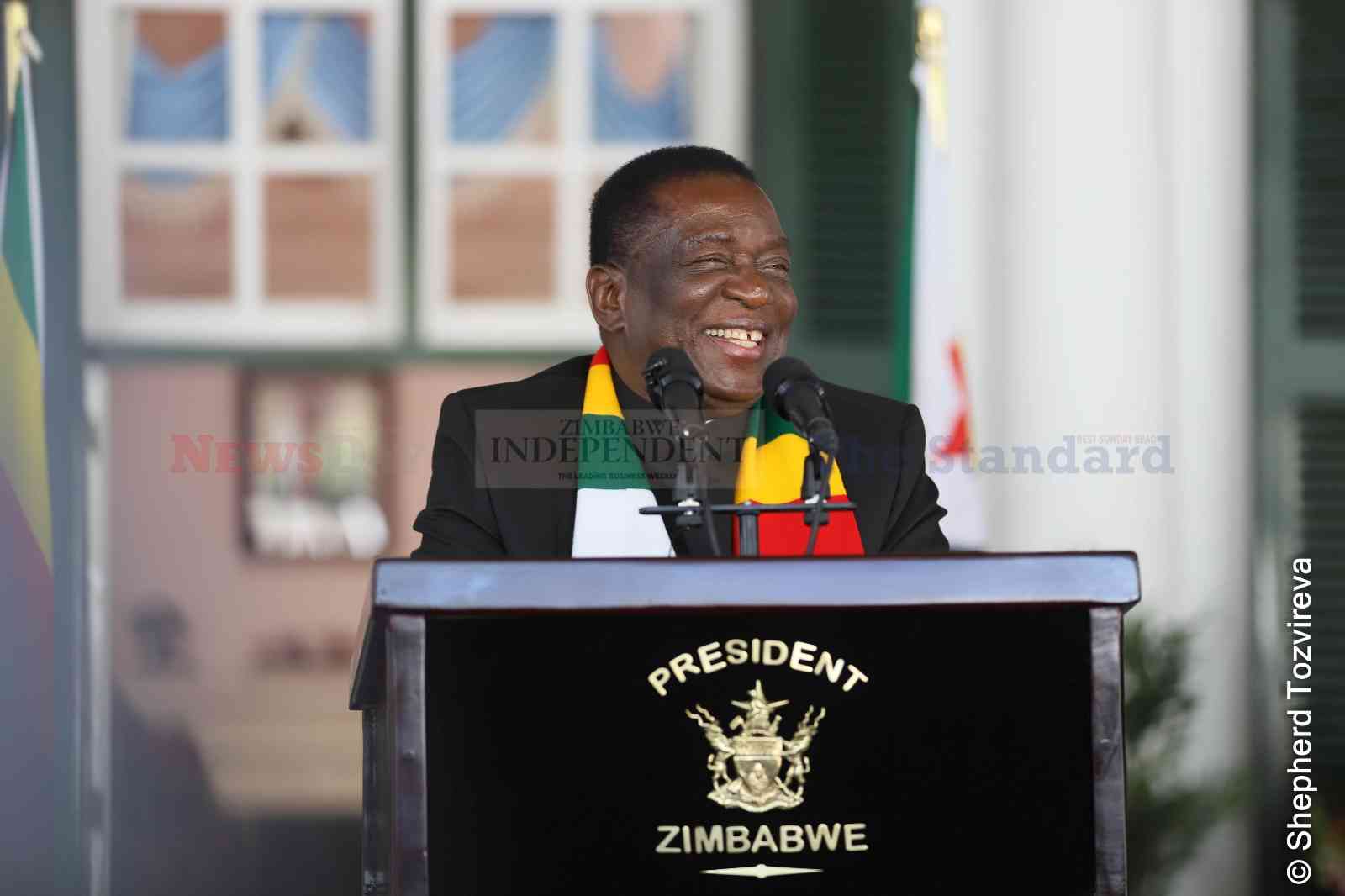
In simple terms, poverty is mainly inadequate food, shelter and healthcare. And hunger has now laid siege on one-and-a-half million Zimbabweans, according to recent Press reports; some urging prompt action in moving grain to besieged areas, amidst concerns those transporters who are owed millions by the Grain Marketing Board might be unable to afford further credit extension. At the same time there seems to be no concerted drive for improving agriculture productivity, housing stock and urban water and sewage management infrastructure, leading to overcrowding and deadly waterborne diseases, at a time public health delivery facilities are grossly under-funded. Unsurprisingly, while contributing at a National Budget consultative meeting, a liberation war veteran leader in Manicaland is quoted in NewsDay of October 17, 2012 as saying “poverty is biting everywhere and people are just roaming the streets”. He went on to warn against social and civil unrest.
Report by Tapiwa Nyandoro
On that day, set aside by the United Nations as a day to commemorate the eradication of poverty, the world body agreed. In an advertisement in the same paper, United Nations Zimbabwe Office had this to say: “Ending poverty is a challenging task, but also a possible one.” It went on to say Millennium Development Goal number one — MDG 1 — on eradication of extreme poverty and hunger, imparts directly — and indirectly — on the achievement of the other seven MDGs: access to universal education; attaining gender equality; provision of child and maternal health; combating HIV and Aids; ensuring environmental sustainability; as well as developing a global partnership for development”. The UN hopes the country’s Medium Term Plan (MTP) 2011 to 2015, an economic development blueprint, may have the ingredients of alleviating poverty, especially when coupled to the UN Development Assistance Framework for the country during the same period.
Elsewhere in the Press however, confirming doubts about the MTP performing to script, were reports that there is a looming bread shortage, with the winter wheat crop having been abandoned by the farming community en masse for the first time in decades.
Action Aid head of food security and emergencies is quoted saying the country must move with speed to replace the outdated agriculture policies to help stimulate growth in the sector. Development policies, Action Aid laments, are still not coordinated between agriculture, industry and trade. It noted that at the moment the efforts are poorly co-ordinated and fragmented, with the State-owned electricity utility company, Zesa, for example, blamed for failing to supply reliable power for irrigating the winter crop.
Echoing Action Aid’s sentiments on the same day reserved for commemorating the alleviation of poverty, UN’s Food and Agricultural Organisation felt “commercialisation of farming systems and support to farmers is important for Zimbabwe to attain food security at household levels”. And commercialisation of agriculture is how Brazil in particular, and the BRICS countries in general, have lifted million of the poverty- stricken peasants into the middle class by increasing productivity on the farms and growing diversified crops.
Despite their enormous populations, both Chinese and Indian farmers have been able to grow enough food for their people. By investing heavily in research, Brazil turned itself into the first tropical farm giant, joining the ranks of the temperate food superpowers such as America, Europe and Canada. This accomplishment was done in a single generation. Brazil is reputed to have increased its production of chickens fivefold between 1987 and 2007 to become the world’s largest exporter of the commodity.
MDG-1, set by the United Nations, alongside the rest of the MDGs, in the year 2000, has the goal of halving the poverty rate from its 1990 level by 2015. The World Bank reckoned that in 1990, 46% of the developing world’s population lived below the international acceptable $1,25 a day ($188,00 per month for a family of five) at purchasing power parity. By 2005, the global poverty rate had fallen to 27%, because of good performance by India and China, the two countries that accounted for over 62% of the planet’s poor in 1990. China’s poverty rate had fallen from 60% in 1990 to 16% in 2005. Zimbabwe’s performance during the same period has rocketed south with poverty, as defined above, probably affecting 80% or more of the population.
- Chamisa under fire over US$120K donation
- Mavhunga puts DeMbare into Chibuku quarterfinals
- Pension funds bet on Cabora Bassa oilfields
- Councils defy govt fire tender directive
Keep Reading
One major pitfall of the MDG setting exercise, however, has been the tendency to attain targets through funding social services such as healthcare and education, a process Zimbabwe excelled in, in the first two decades of independence.
On the other hand, the countries that have made the most sustainable progress in cutting poverty have done so, not by spending public money, but by encouraging faster economic growth.
China is the most obvious example. Some African countries like Ethiopia and Rwanda have done the same. Economic growth makes more money available from taxes for social services, but also increases demand for schooling and other services, thus helping meet other MDGs. “A rising tide,” it has been said before, “lifts all boats”.











